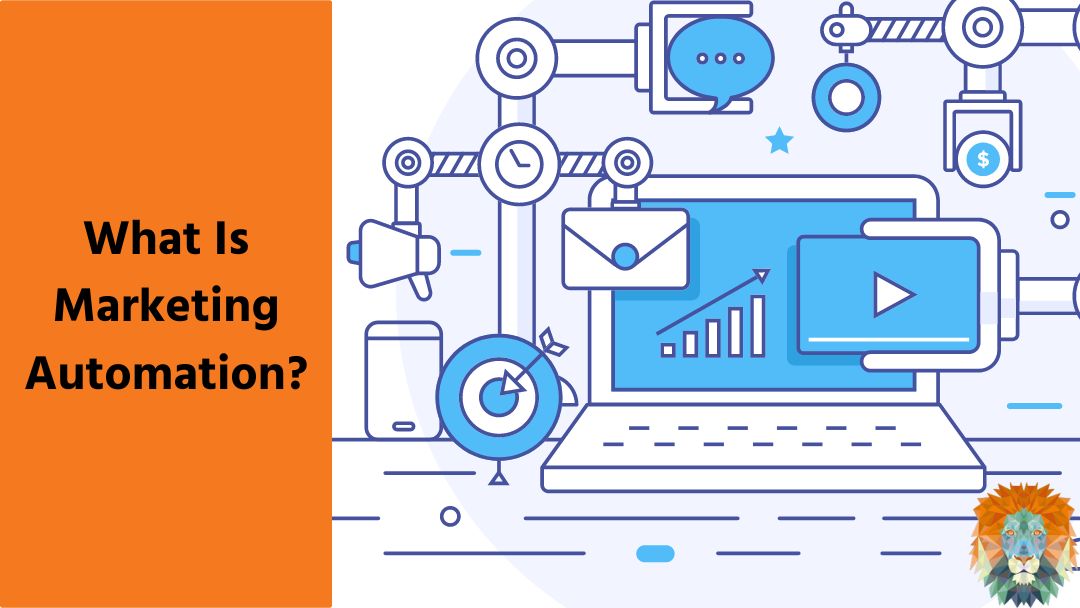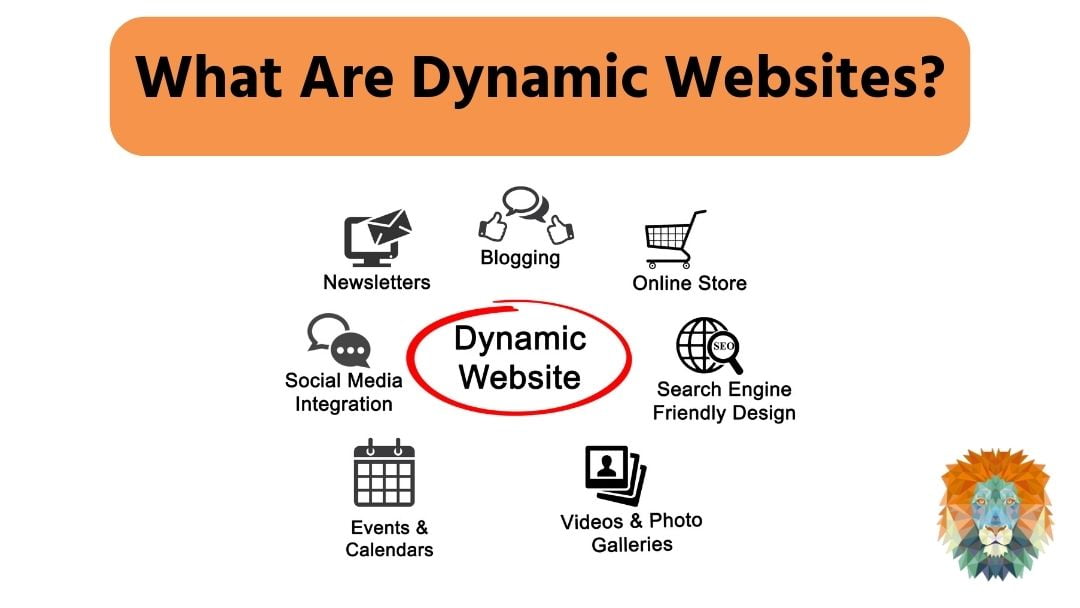When you hear the words ‘marketing’ and ‘automation’, in the same sentence, you might think we’ve gone a bit mad. That Marketing is a very human and fluid thing, and not something you can set to a timer to go off on a schedule.
But, that’s where you’re just a little bit wrong. You see, marketing is a big area, and quite a lot of it is made up of monotonous, often repetitive tasks. These tasks are perfect for automation, and it can also create a much better experience for the customer. But what is marketing automation, and how does it work for your business?
How Can You Automate Marketing?
Marketing automation is the process of automating a lot of the routine day-to-day tasks in customer communications. Everything from scheduling and posting social media content, sending welcome emails when a client signs up with you, to tracking customer lifecycle and sending special offers on a customer’s birthday. It’s all about keeping up contact with customers and nurturing those relationships without taking up the human resource to do it.
If you want something more specific, marketing automation can be defined as:
‘Streamlining, automating and measuring marketing tasks and workflows, to increase operational efficiency and grow revenue faster.’
So automation is a tool that can make your marketing better, work harder and make more money. It also acts as a glue, bringing everything together and creating a flow of customer information from first contact, all the way to post-purchase.
The Benefits Of Marketing Automation
The biggest and perhaps most obvious benefit of marketing automation is that it frees up time for your team. By automating those repetitive, monotonous but very necessary tasks, you now have more time and energy to focus on the other areas of marketing – like strategy, content ideas and thinking about the bigger picture for the business.
Not only that, but the process of getting the automation set up and performing the way you want involves a lot of research. This, in turn, creates a much deeper understanding of your customers, their pain points and what drives them to buy. Depending on the automation tools you use, you can even segment those audiences, allowing you to tailor your messaging for each marketing segment. As your automated processes run, you will see the way prospects engage with your brand in real-time – which helps you create customised content and much stronger campaigns.
Automating your marketing also gives you a lot more power over your sales process, particularly in terms of follow-up. Because you can see what a prospect has engaged in before they hit the sales pipeline, you’re able to generate a pool of warm leads for your sales team. That wealth of information means that your salespeople can customise their approach to each and every prospect, from what category of projects they were reading about to a specific pain point they’re focussing on during the process. All of which lead to more successful conversions and a dramatically improved ROI.
Top Tips For Maximising Marketing Automation
There are dozens of different ways you can automate your marketing, and a lot of tools and distribution channels out there to choose from. This blog isn’t about helping you choose the right content or the right platform, but making sure you understand the purpose behind the automation, and how to use it for your business. So, we’re going to share 6 things you need to know if you want to maximise your marketing automation performance.
Your Target Audience
Since marketing automation is all about getting the right message to the right customer, it’s important to know who that target market is. Understand what position they hold, what their pain points are, and what solutions they need to make life easier. Understanding your audience to this level makes it much easier to anticipate their behaviours and prepare automated marketing programmes that can hit the mark.
How To Get Their Attention
Now you know who they are, how do you grab the attention of that target market? What type of content do they look for online? How do they respond to different types of messaging? What will make you stand out from the crowd of businesses they’re seeing?
Nurture Engagement
Once you start to get your marketing automation rolling, you need to keep on it. This isn’t a fire-and-forget type of affair. You need to be actively involved in the process. The best way to do this is to integrate your automation with your CRM system, so that every interaction the customer has is recorded as another data point. You can then use this information to engage with the customer and move them onto the next step of their journey – whether that’s sharing educational content, meeting with a salesperson or an information call.
Track & Measure
As with anything in marketing, you need to track and measure your campaigns. This gives you a better understanding of who’s engaging with your content and what their behaviour is – which means you can improve your campaigns for next time. Most automation programmes have in-built tracking and measuring capabilities, so use them.
Leverage Relationships
This is the final stage, and what takes followers over the line and turns them into customers. Once you know you have a pool of dedicated prospects who are actively engaged in your business and your products, you can approach them with truly tailored offerings that push them over the finish line and convince them to buy.At Lion Spirit Media we specialise in digital marketing, from strategy down to implementation – and that includes automation. Marketing automation tools are regularly included in our client plans, and helps provide more value without taking up more of that time. If you’d like to know more about marketing automation, or want to chat to one of our experts, just get in touch with the team today.





0 Comments